Look Inside the Restored Mansion Where Al Capone Lived and Died
A property firm just renovated the infamous gangster’s Florida estate after it had fallen into disrepair. Here’s what the lavish home looks like now
“While the most spectacular gangland slaying in mob history was going down in Chicago,” Ron Chepesiuk writes in Gangsters of Miami, Al Capone was 1,300 miles away, throwing a party at his mansion in Florida. It was a perfect alibi, Chepesiuk writes, as Capone’s buddies in 1929 Chicago machine-gunned their rivals. Now, 86 years following the so-called Valentine’s Day Massacre, the party-filled Capone mansion is sparkling once more after a property investment firm has restored it.
The mob boss bought his home on Miami Beach’s Palm Island waterfront the year before the massacre, in 1928. He laid down $40,000 for a 6,000-foot main villa, then spent another $200,000 to build a gatehouse facing the street, a seven-foot-high wall, search lights, a coral rock grotto and a cabana facing the water. According to Preservation Nation, Capone wanted protection on both sides of the estate.
Last year, a firm called MB America shelled out $8 million to buy the property, which had fallen into disrepair. After 10 days of pumping water out from around the supporting pylons, the firm’s team began to fix up the buildings and rooms, and to protect the historic property, did most of the restoration work by hand. The firm recently announced that the estate will be available for video and photo shoots—and it’ll make quite the backdrop.
In Capone’s day, the gigantic pool rose and fell with the tide. Today, the water level is no longer tied to the ocean, but the swimming area is otherwise dazzling again. There’s also a pond with a lighthouse, bridge and small cave made of red coral—something most people probably don’t have in their backyard.
But despite its sumptuously appointed grounds, the resplendent home didn’t always see good times for its owner. For the better part of the decade between 1929 and 1939, Capone bounced between several prisons, including Alcatraz. Meanwhile, the syphilis he’d contracted years before started to get worse—bad enough that when he was released from Alcatraz, he immediately entered a hospital for brain treatment. When he finally returned to Florida, the man who is synonymous with Prohibition-era violence was far from the vigorous gangster we picture. The flashy, vicious Scarface who enjoyed the spotlight was losing his faculties. By 1938, PBS writes, he was exhibiting dementia.
The city of Miami Beach had so feared the violence and corruption that swirled around the gangster that they sued Capone after he arrived in Florida, calling his new home “a menace to the safety and well-being of residents.” But in his last few years, Capone’s mental state was in serious decline. He died on the property in 1947, no longer the head of a crime empire.
/https://tf-cmsv2-smithsonianmag-media.s3.amazonaws.com/accounts/headshot/michele-lent-hirsch.jpg)
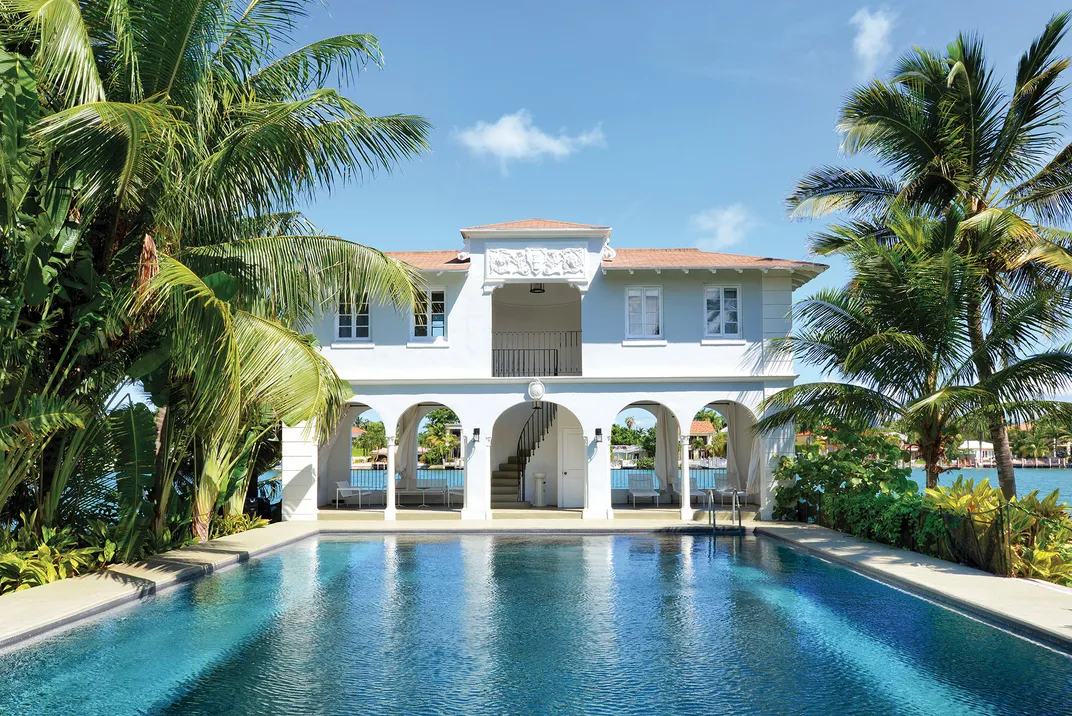
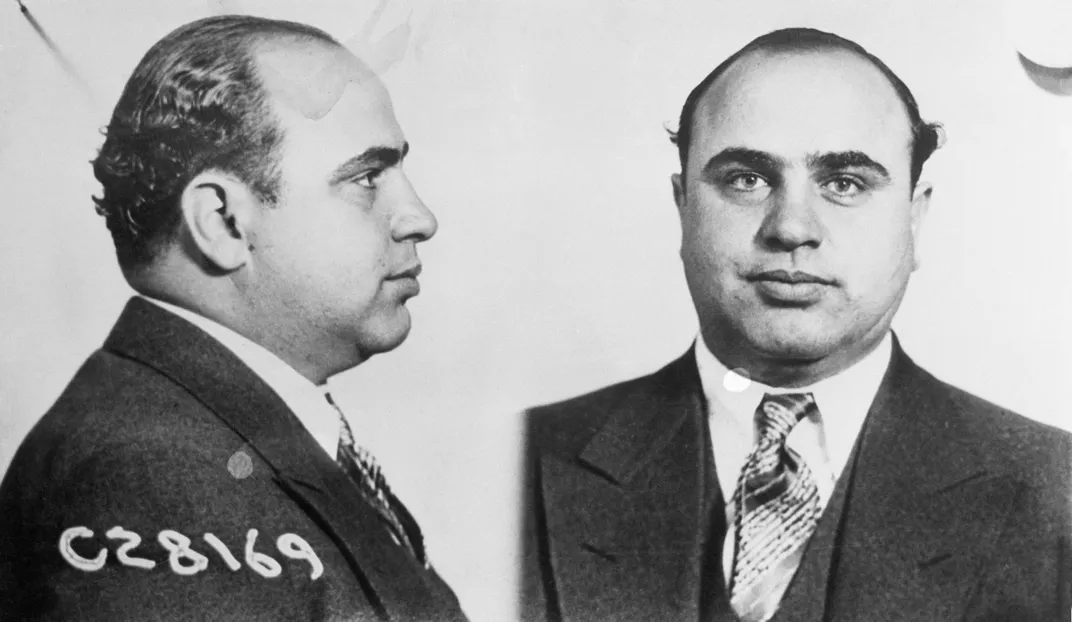
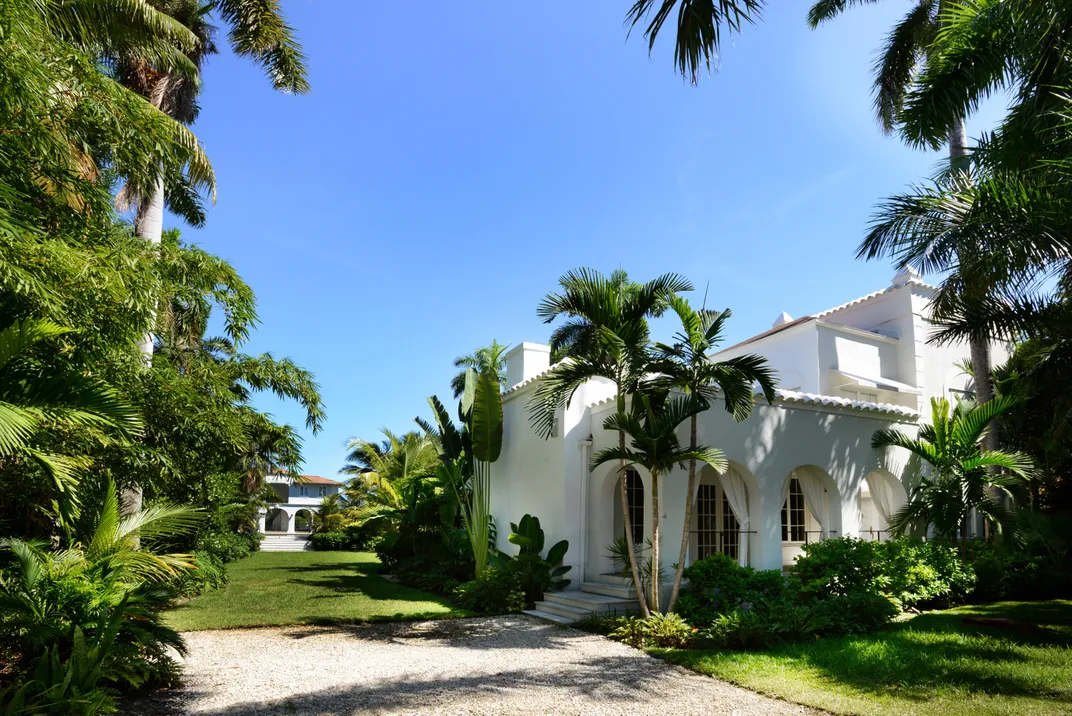
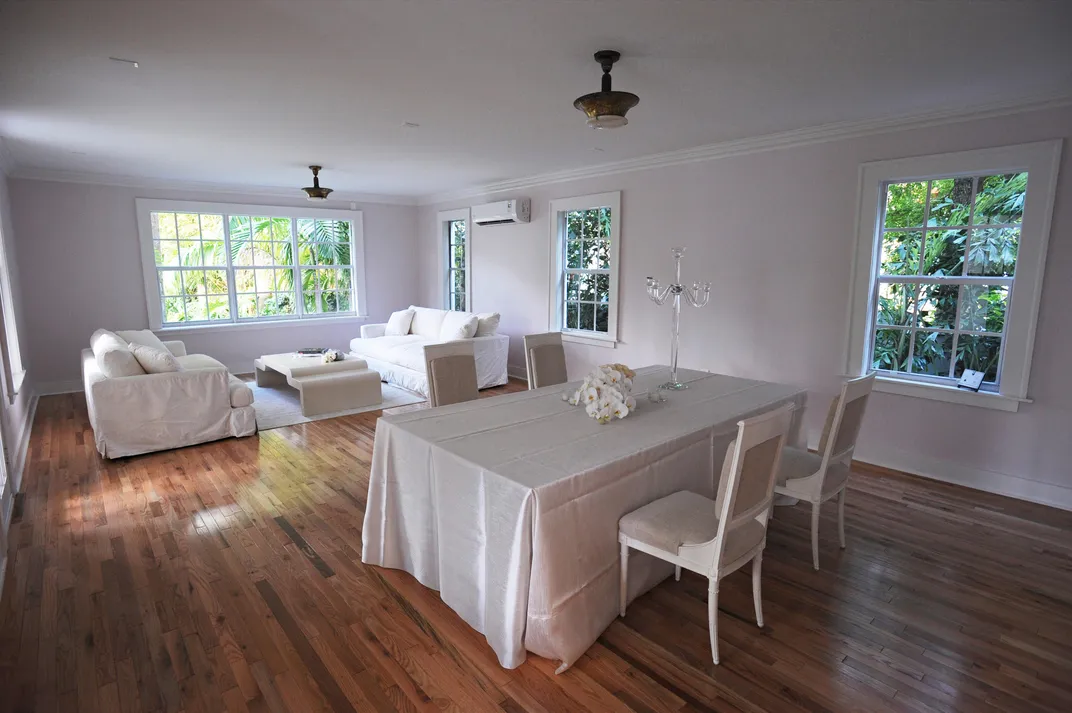
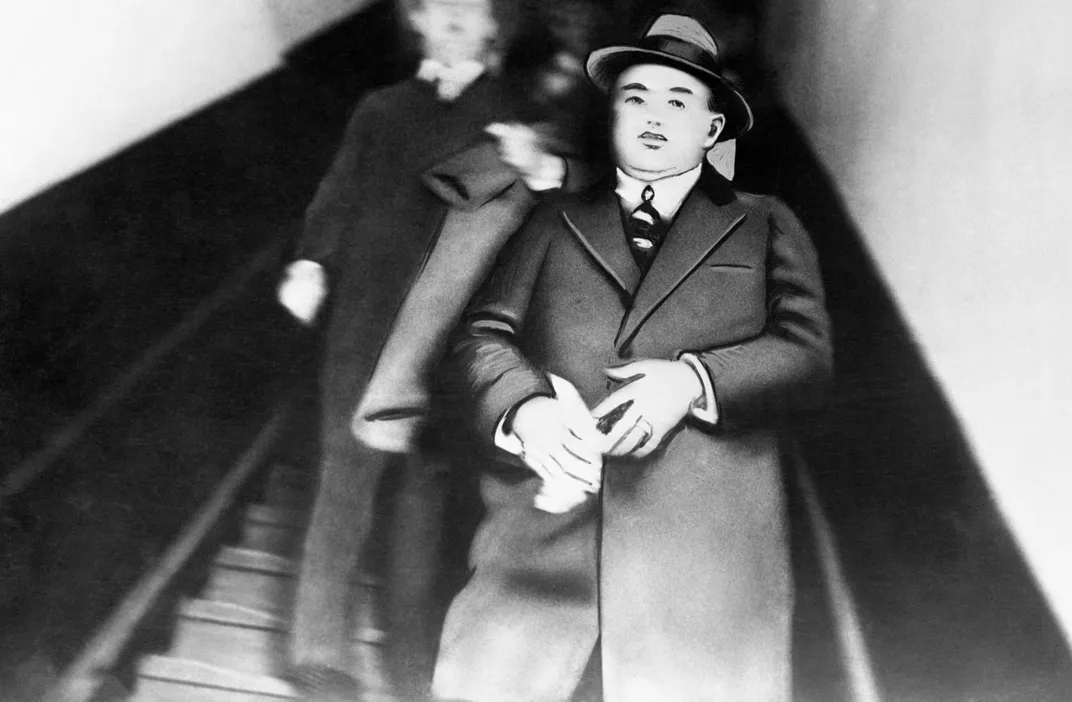
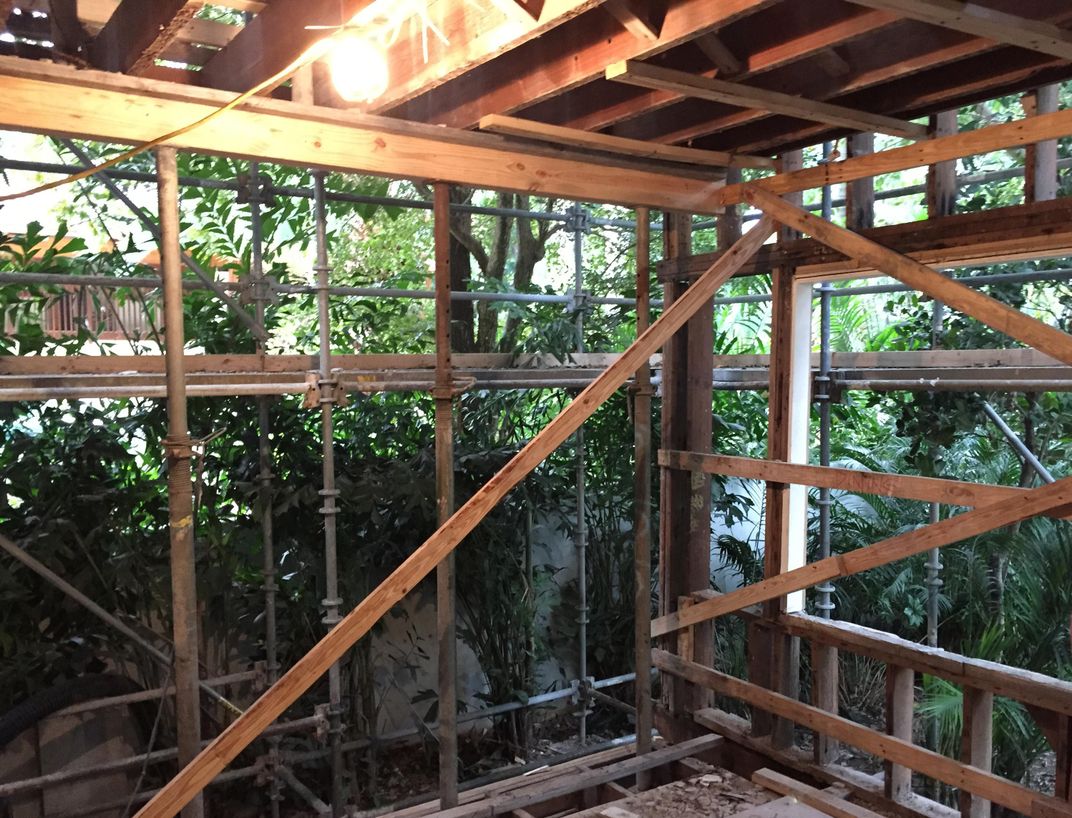
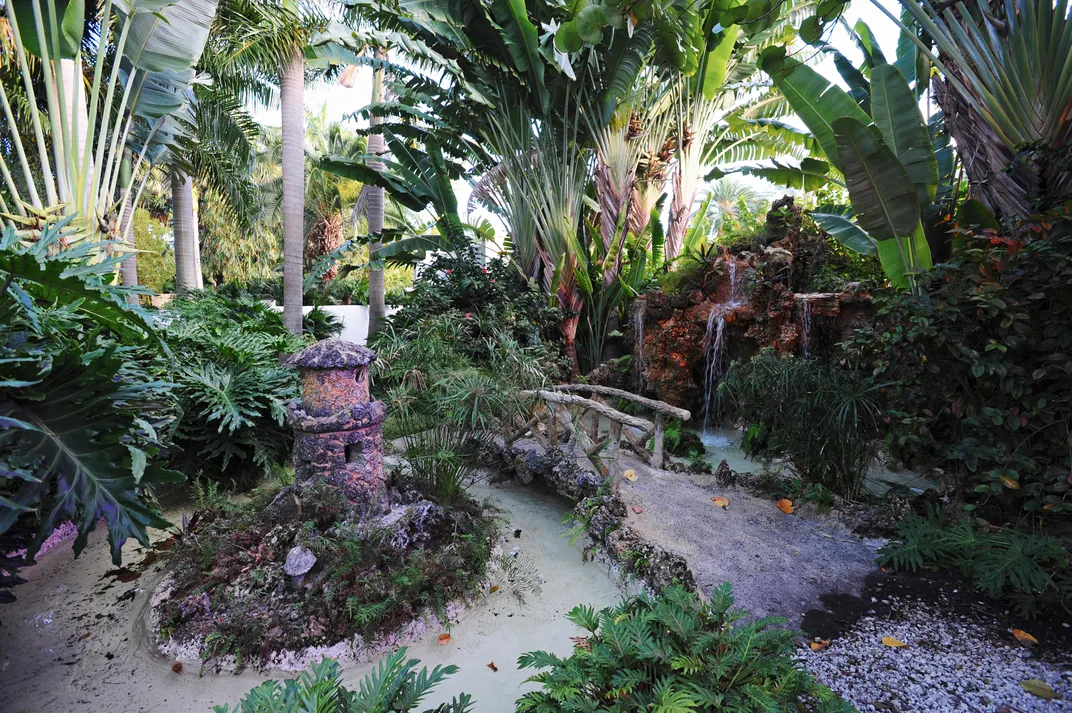
/https://tf-cmsv2-smithsonianmag-media.s3.amazonaws.com/accounts/headshot/michele-lent-hirsch.jpg)